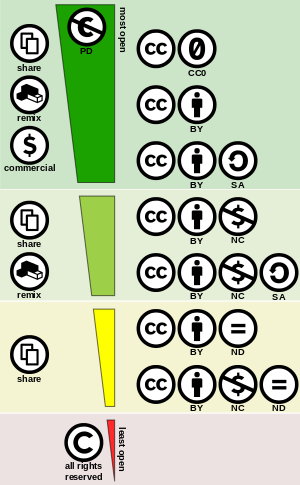Week 18 - Invention, Intellectual Property, and Income
prepare a summary slide (presentation.png, 1280x1024) and video clip (presentation.mp4, 1080p HTML5, < ~minute, < ~10 MB) in your root directory
Project analysis
Project added value
This project is original in the design and in the integration of simple, low-cost and everyday life technological tools and materials for exploration of our physical world.
The real added value comes in the use of these tools to disseminate scientific knowledge.
This project might open new ways of teaching physics and engaging children and adults (!) in a more haptical way of learning or exploring the world around us.
Dissemination plan of my final project
phase 1
In the first phase, we will continue to design and build sensors and actuators modules that are useful and generic for experimental design. I'm planing on engaging technician and students that are willing to help for this phase.
phase 2
In the second phase, we will integrate these modules in some classes that we are teaching. These classes are well suited as we cultivate this way of exploring the world. We will have two test classes: a class for master students in physics of complex fluids and a class, I'm teaching with the architects Victor and David also following the Fabacademy this year, on the use of digital fabrication in the creative design for multidisciplinary students but mostly architects and some physicists (for now...).
phase 3
We will open up to the world and share our developments. If our modules can be useful to anyone to teach physics, he is welcome to use them. And if on top of that, improvements are made on the modules and shared back that would be great. A community could start from here.
Copyright license
Copyright by default (by doing nothing)
Copyright is the right that a creator owns the right to use and distribute a creative work. It is limited in time, life + 70 years or 95 or 120 years, depending on the nature of authorship.
Nobody can use the work without the permission of the creator. Before 1989, the work had to be noticed as copyrighted to be protected by a simple symbol: ©, the letter c in a circle. Now the protection is automatic so anybody should assume that any work, even without a copyright notice, is copyrighted.
This license can be quite restrictive and slow down the dissemination of knowledge.
If you want your work to be distributed and contribute to common goods there are options that do not require too much effort such as the following one.
Creative common licenses
CC licenses overview
By giving a creative common license to your work, it helps to share your knowledge and creativity with the world. These are really flexible as you can choose restrictive options to the license such as
- Attribution, anybody using the work should credit the author;
- Non-commercial, anybody can use the work but not for commercial purposes;
- Non-derivative, anybody using the work can not modify it, he has to use it as it is;
- Share alike, if anybody is allowed to remix, transform or build upon the work, the CC licensing should be kept the same as the original.
Here is a nice video explaining creative commons licenses:
And here is a graphics from wikipedia showing the spectrum of creative commons licenses from the public domain to all rights reserved :

Choosing a CC license
Here is a link to help you choose what is the best CC license for your project.
A few notes on Open source
Open source is not free. You can share your knowledge and still sell the product of the service your product provides.
Going open source seems to give a clear message, I'm sharing my work in an open manner. Come and help me, we will do it together.
The license chosen for this Fabacademy work
I wish to share my work with the world and hope that people use it, build upon it and adapt it. I would like to be acknowledged for it. I would not like that somebody makes money from it. Finally I would like that this project stays in creative commons.
So I chose to copyright this work under a
Creative Commons Attribution-NonCommercial-ShareAlike 4.0 International (CC BY-NC-SA 4.0).
Summary slide and video clip of the final project
These can be find here